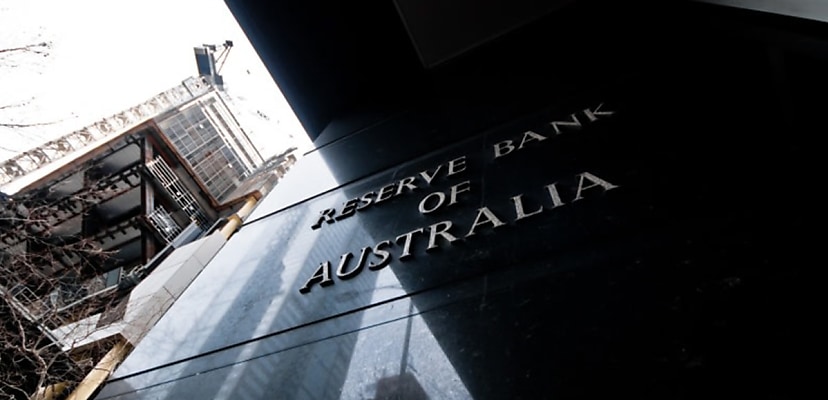European Central Bank: Economists' Concerns Over Delayed Rate Cuts

Table of Contents
Inflationary Pressures and the ECB's Response
Inflation in the Eurozone remains stubbornly high, significantly exceeding the ECB's target of 2%. While the rate has shown signs of easing from its peak, it persists at a level that poses a considerable threat to economic stability. The ECB's response has been a series of interest rate hikes aimed at curbing inflation by cooling down demand. However, the pace and effectiveness of these hikes are now subject to intense scrutiny.
- Comparison of inflation rates across Eurozone countries: Inflation rates vary significantly across the Eurozone, with some countries experiencing higher inflation than others, necessitating a nuanced approach by the ECB.
- Analysis of the effectiveness of previous rate hikes: While rate hikes have contributed to slowing inflation, their impact has been slower than anticipated, leading to concerns about their overall efficacy.
- Potential inflationary risks still present: Underlying inflationary pressures, such as rising energy prices and supply chain disruptions, remain significant, potentially undermining the effectiveness of past and future rate hikes.
Economic Growth Concerns and the Risk of Recession
The ECB's aggressive interest rate hikes, while intended to combat inflation, carry a significant risk of dampening economic growth. Rising borrowing costs are already impacting businesses and consumers, potentially triggering a recession. Economists are divided on the severity of the potential downturn, with some predicting a mild contraction while others foresee a more prolonged and painful recession.
- GDP growth forecasts for the Eurozone: Forecasts for Eurozone GDP growth are consistently being revised downward, reflecting the increased likelihood of a recession or a period of significantly slowed growth.
- Impact on key economic sectors (e.g., manufacturing, services): Interest rate increases disproportionately impact sectors sensitive to borrowing costs, such as manufacturing and real estate, potentially leading to job losses and reduced investment.
- Unemployment rate projections: The risk of a recession is directly linked to rising unemployment. Economists are closely monitoring unemployment rates as a key indicator of the health of the Eurozone economy.
The Debate Surrounding the Timing of Rate Cuts
The central question now is when, or even if, the ECB should begin cutting interest rates. The debate is fiercely contested, with differing viewpoints on the optimal timing. Delaying rate cuts risks prolonging the economic downturn and potentially exacerbating deflationary pressures, yet initiating rate cuts too soon could reignite inflationary pressures.
- Arguments in favor of maintaining high interest rates: Proponents of this approach argue that inflation remains a significant threat and that prematurely lowering interest rates could undermine the ECB's credibility and exacerbate inflationary pressures.
- Arguments for initiating rate cuts sooner rather than later: Conversely, those advocating for earlier rate cuts emphasize the urgent need to support economic growth and prevent a deeper recession. They argue that the current rate of inflation is already slowing and further increases will inflict unnecessary damage.
- Analysis of market reactions to ECB decisions: Market reactions to ECB decisions highlight the uncertainty surrounding the future direction of monetary policy, often experiencing significant volatility in response to rate announcements.
Alternative Monetary Policy Approaches and Their Viability
The ECB isn't solely limited to interest rate adjustments. Alternative monetary policy approaches, such as quantitative easing (QE) or targeted lending programs, could be employed to support the economy while also addressing inflationary concerns. However, each approach comes with its own set of challenges and potential risks.
- Description of various alternative monetary policy tools: The ECB possesses a range of tools beyond interest rates, including asset purchase programs (QE), targeted long-term refinancing operations (TLTROs), and forward guidance.
- Evaluation of the pros and cons of each alternative: Each alternative strategy comes with its own set of advantages and disadvantages, requiring a careful assessment of the potential benefits and risks within the current economic context.
- Comparison of the risks associated with each approach: Some approaches carry risks of exacerbating inflation or other economic distortions; therefore, a thorough cost-benefit analysis is crucial.
Conclusion: The Future of the European Central Bank's Monetary Policy
Economists' concerns over the European Central Bank's delayed rate cuts are rooted in the delicate balancing act between curbing inflation and supporting economic growth. The potential consequences of both delaying and accelerating rate cuts are significant, potentially leading to either a prolonged recession or a resurgence of inflation. The future direction of the ECB's monetary policy will likely depend on the evolution of inflation, economic growth, and the overall geopolitical landscape. To stay informed about these crucial ECB interest rate decisions and their impact on the Eurozone monetary policy, and ECB rate cut predictions, subscribe to our updates or follow reputable financial news sources. Stay informed about the evolving situation and the ECB's response.

Featured Posts
-
 Mel Kiper Jr On The Browns No 2 Pick Who Will They Draft
May 31, 2025
Mel Kiper Jr On The Browns No 2 Pick Who Will They Draft
May 31, 2025 -
 Harvards Foreign Student Ban Reprieve Extended By Court Ruling
May 31, 2025
Harvards Foreign Student Ban Reprieve Extended By Court Ruling
May 31, 2025 -
 The Changing Landscape Of Global Power A Look At Us And Chinese Military Strength
May 31, 2025
The Changing Landscape Of Global Power A Look At Us And Chinese Military Strength
May 31, 2025 -
 Constanza Grave Incendio Forestal Causa Alerta Entre Residentes
May 31, 2025
Constanza Grave Incendio Forestal Causa Alerta Entre Residentes
May 31, 2025 -
 Princes Death High Fentanyl Levels Confirmed On March 26th
May 31, 2025
Princes Death High Fentanyl Levels Confirmed On March 26th
May 31, 2025
